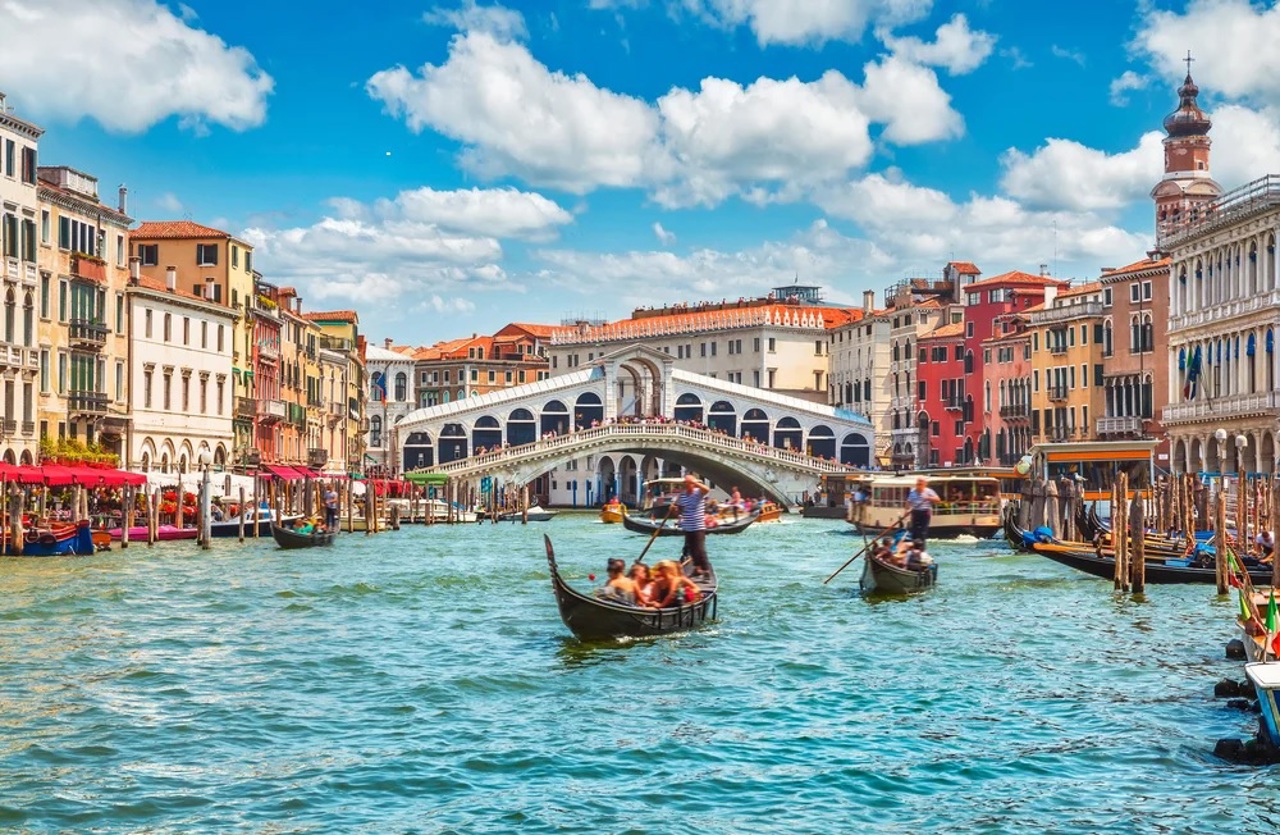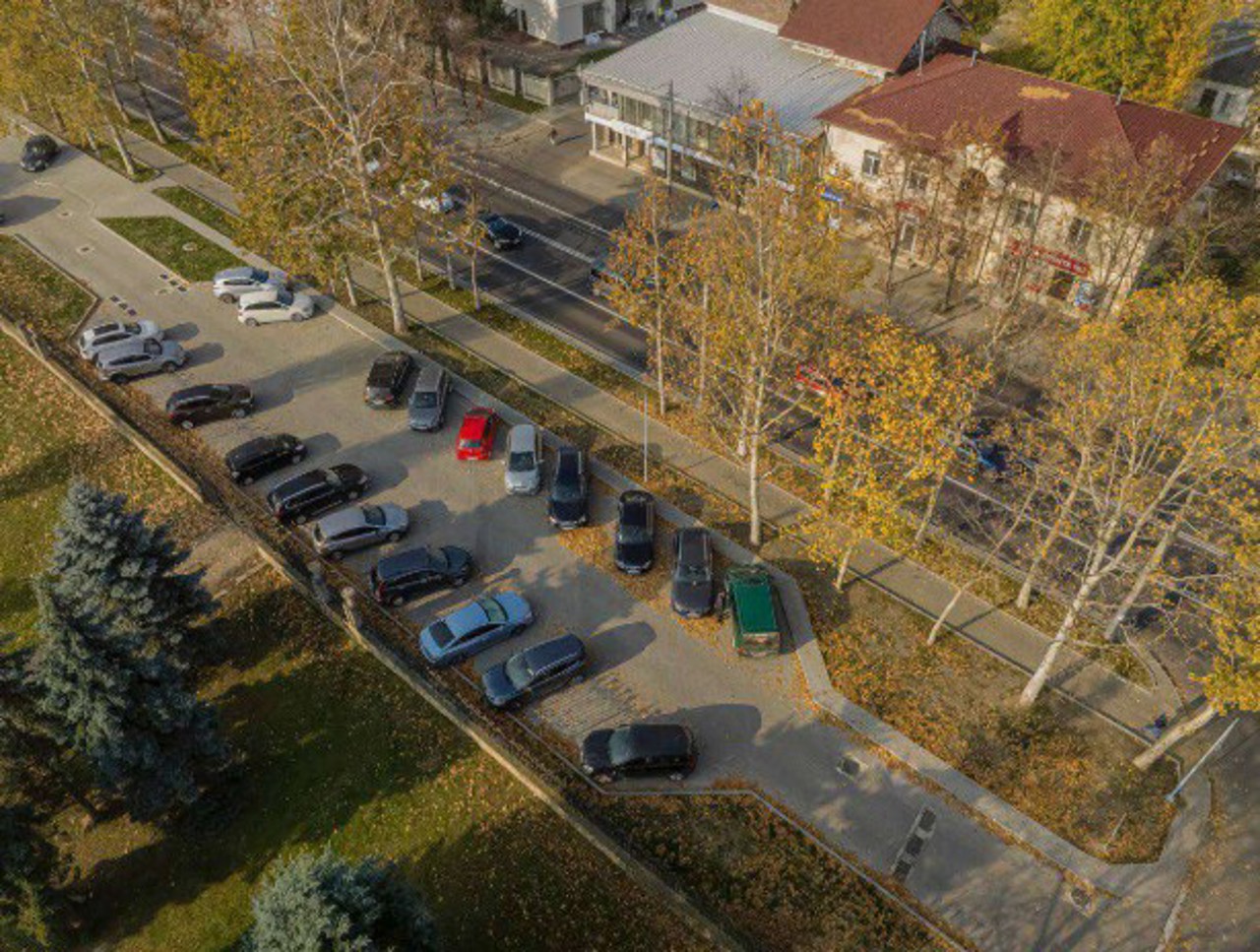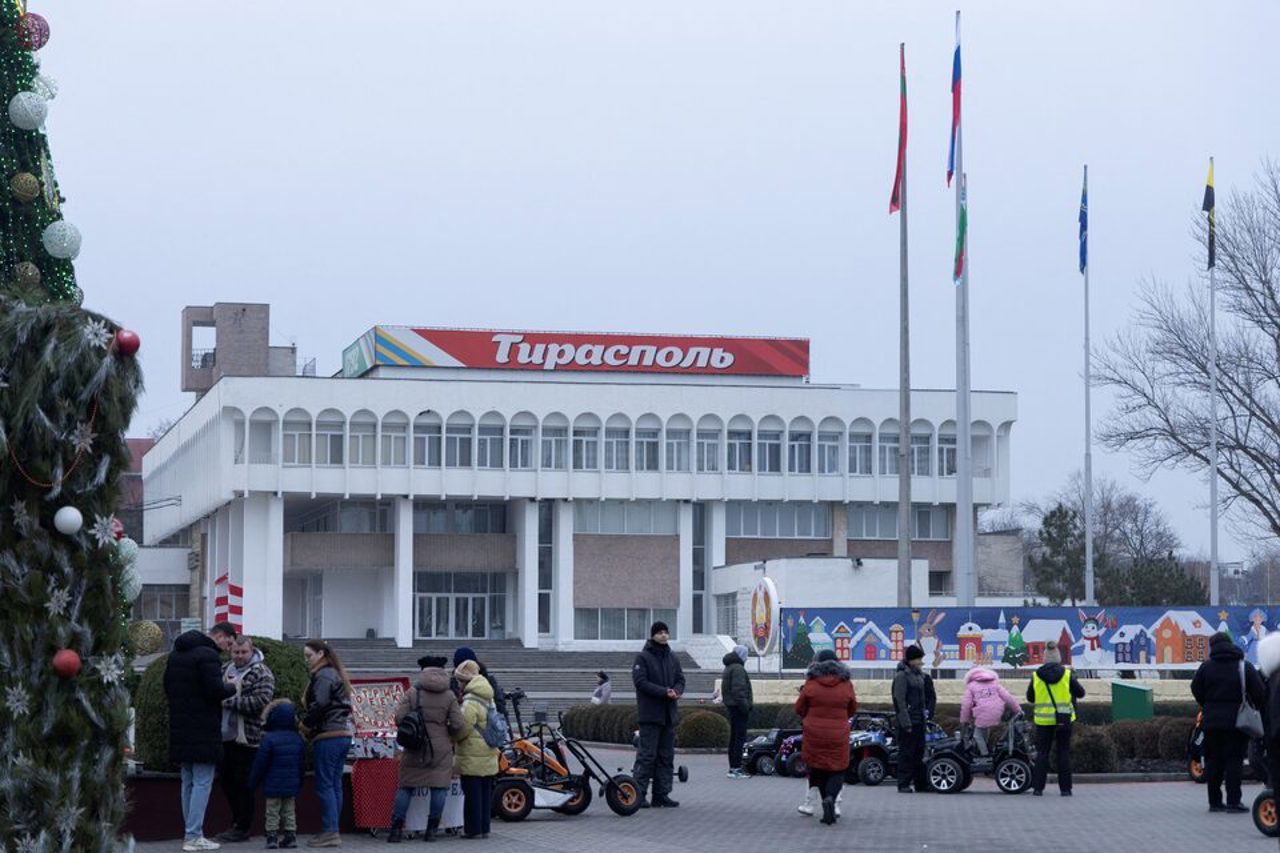Venice removed from UNESCO World Heritage in Danger list
Venice, Italy, has been removed from the UNESCO World Heritage in Danger list, following a decision by the agency's committee in Saudi Arabia, according to the Italian Ministry of Culture.

In contrast, the committee added the Ukrainian city of Lviv, the Saint Sophia Cathedral in Kyiv, and an active volcano on the French island of Martinique to the list.
UNESCO experts warned Italy in July that it was not taking enough steps to protect Venice from the impacts of overtourism and climate change.
The Italian Ministry of Culture called the decision in Saudi Arabia "purely political." "Great victory at UNESCO... Venice is not in danger," Venice Mayor Luigi Brugnaro wrote on the X platform (formerly Twitter) on Thursday.
As part of its strategy to control tourism, the Venice authorities recently approved a 5 euro entry fee for tourists who visit the city for just one day, to be implemented next spring. The fee will apply to those who are not staying in Venice and will start as a 30-day experiment.
Following the decision not to include the city on its list of "in danger" monuments, the World Heritage Committee urged Italy to continue to protect the site, which is still facing major challenges. Venice had been included on the list in 1987.
In contrast, officials meeting in Riyadh decided to include the Ukrainian city of Lviv and the Saint Sophia Cathedral, built in the 11th century, a symbol of the city of Kyiv, on the UNESCO World Heritage list.
The UNESCO World Heritage list also included Mount Pelée and Pitons du Nord, a group of volcanic mountains.
According to the Martinique Natural Park, the inclusion on the World Heritage list "could increase the number of visitors to the island by 30-40%." The eruption of Mount Pelée on May 8, 1902, killed nearly 28,000 people. At 121 years since then, the volcano is still active and remains under permanent surveillance.
Translation by Iurie Tataru





